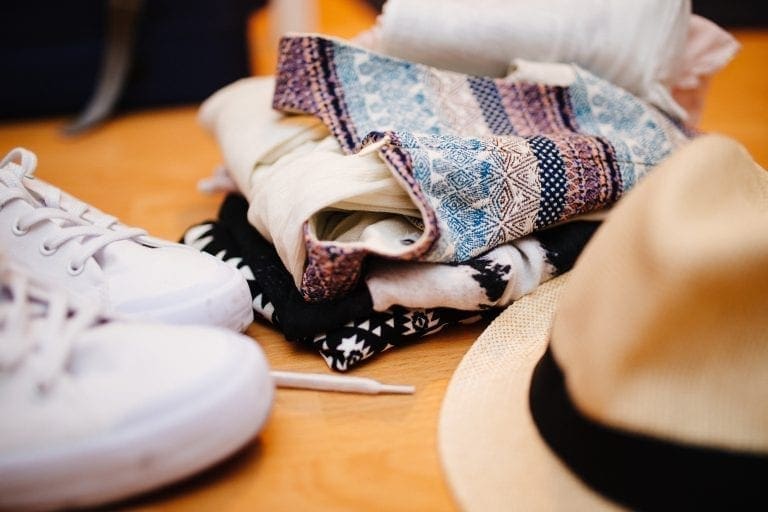A Guide to Switching to Sustainable Fashion

Did you know that a shocking 10% of global greenhouse gases result from the fashion industry? Well, it is just one of the problems with fast fashion. Some garment workers are also not paid a fair wage with some kept in unsafe and inhumane conditions. That is why we need sustainable fashion to help protect the environment from CO? emissions and pollution. If you would like to make that switch, this article is here to help. We have created a comprehensive guide to switching to sustainable fashion.
Purchase secondhand and vintage pieces
Buying pre-owned clothes extends their lifespan and allows you to own unique garments that nobody else owns. Purchasing vintage clothing also has a positive impact on the environment.
Weed out the greenwashing brands
Many brands mislead their customers by feigning a concern for the environment. Look beyond the “sustainable” tag and ascertain they have policies in place to support their claims. Buy clothes from brands that practice sustainable practices such as upcycling. Try to find out which brands are committed to scientific targets such as reduction of CO? emissions in the environment. Support brands trying to figure out the various ways that fashion can positively impact the environment.
Practice quality over quantity
Again, one of the best ways to go green is to start buying from brands that really make sustainable products but be a minimalist! For example, go for the best sustainable dresses but remember to ask yourself what you need to buy, why you need to buy it, and whether you will wear enough. Don’t shop for things you won’t wear that much.
Try renting
Instead of buying a new dress for something like your graduation, why not rent something to wear? To adopt a sustainable lifestyle, we need to shop for the clothing we will only wear once or twice and reduce the number of clothes burned in landfills.
Enquire about the garment workers
Follow up on the people who made your clothes and ensure they are being paid what they deserve. These garment workers should also be stationed in conducive working environments that are not hazardous to their health. It would be best if you support brands that are open about the conditions of their garment workers.
Extend the lifespan of your clothes
Take good care of your clothes so that they last longer and reduce the likelihood of ending up in a landfill waiting to be burnt. One way to maintain your clothes is to avoid washing them too much, which will subsequently reduce your water consumption. Repair your clothes when they get torn instead of discarding them altogether.
Invest in a microplastics filter
Washing synthetic fibers lead to the release of microplastics to our water bodies, posing a threat to marine life. We acknowledge that it is not easy to avoid these synthetics. Place your laundry microplastic filters before washing to help reduce microplastic pollution.
Final Remarks
There are still very few brands that want to take charge and be a part of the sustainability matrix. It is not enough for you to shop for clothes labeled “sustainable.” You also have a responsibility to change your shopping habits and maintain your clothes to lengthen their lifespan.









